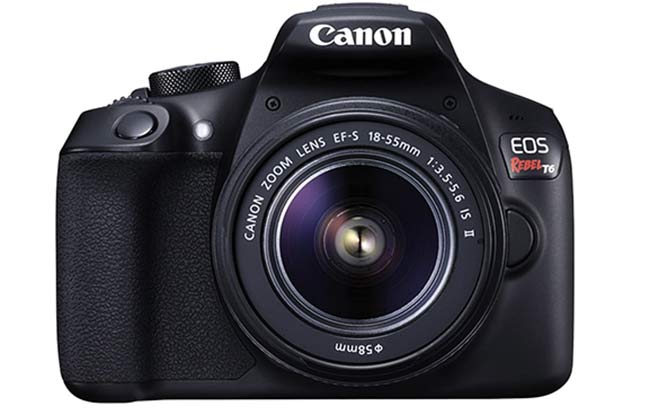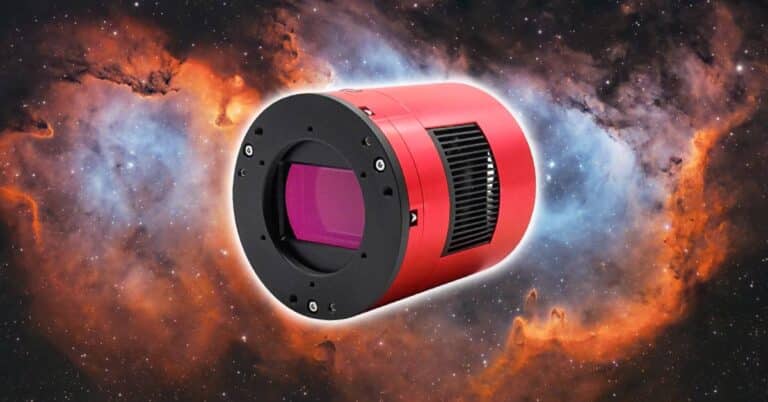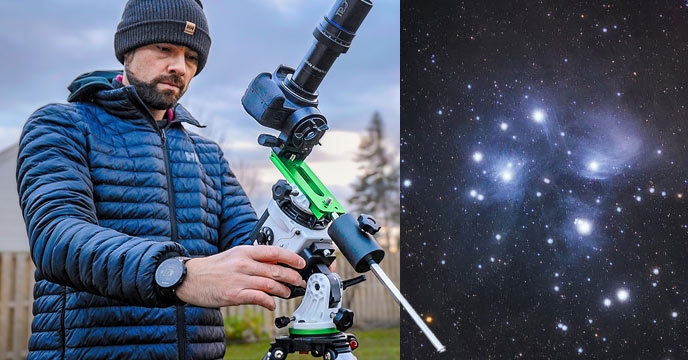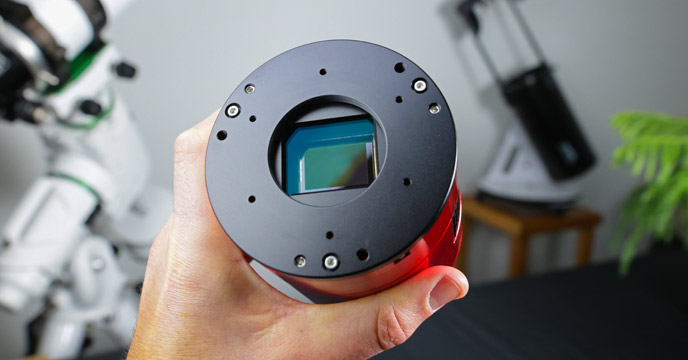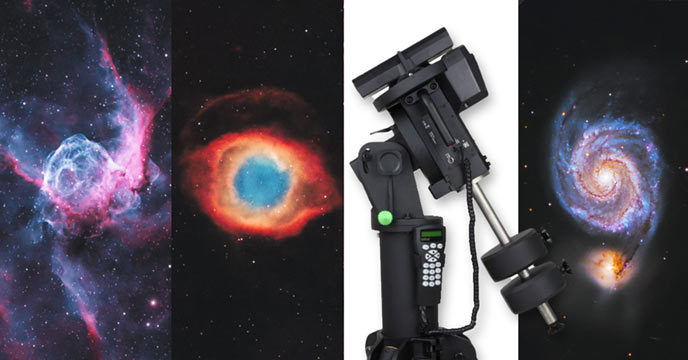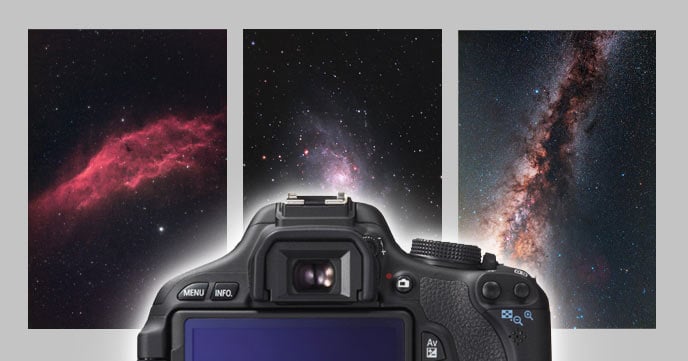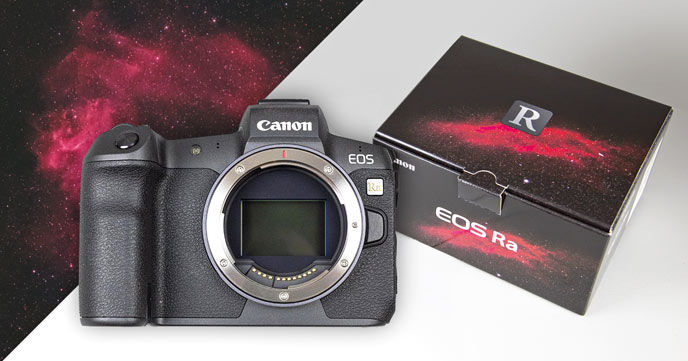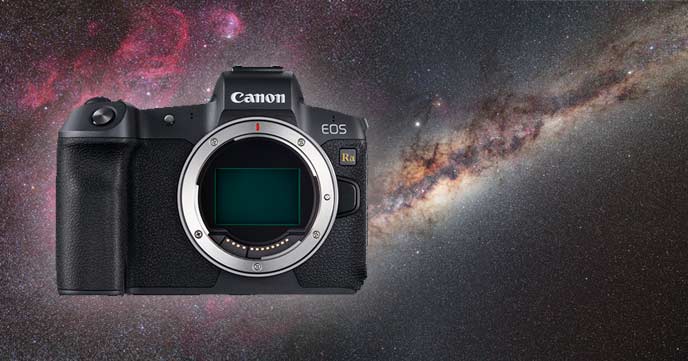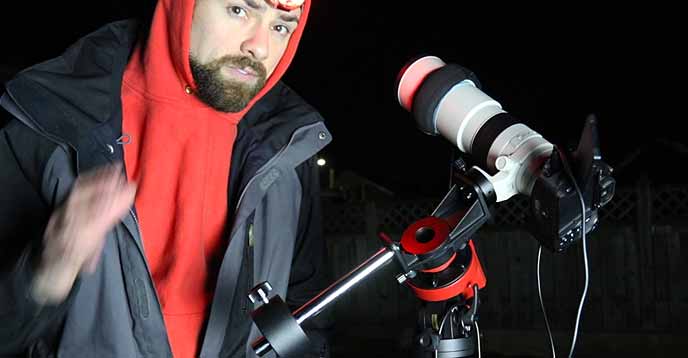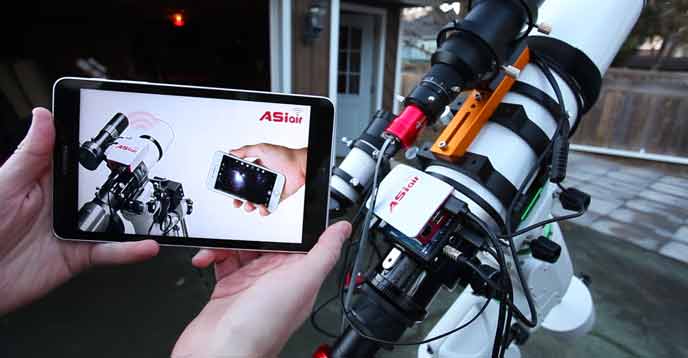Is A Full-Frame Camera for Astrophotography Worth It?
A full-frame camera has a larger image sensor, which means you can capture a wider field of view through your telescope or lens. This can help you create larger astrophotos, (in terms of both image resolution in pixels, and file size). While it might seem like upgrading from a crop-sensor camera to a full-frame model…
